Bite injuries are one of the most misunderstood workplace dangers in health and social care, special education, and mental health settings. For many people, the very mention of a bite conjures up images of aggression from dangerous and violent individuals. The truth is far more complex and far more relevant to everyday care work than many realise.
Every year, carers, teachers, support staff, and healthcare professionals experience bites from the very people they are dedicated to helping. While training, de-escalation, and understanding behaviour triggers are essential, there are still moments when bites occur. Protecting against them is not about fear, it’s about safety, dignity, and duty of care.
In this article, I’m going to bust 5 of the most common myths we hear at BitePRO® surrounding bites and bite injuries and explain why awareness, combined with the right protection, matters.
Myth 1: Are only dangerous people likely to bite?
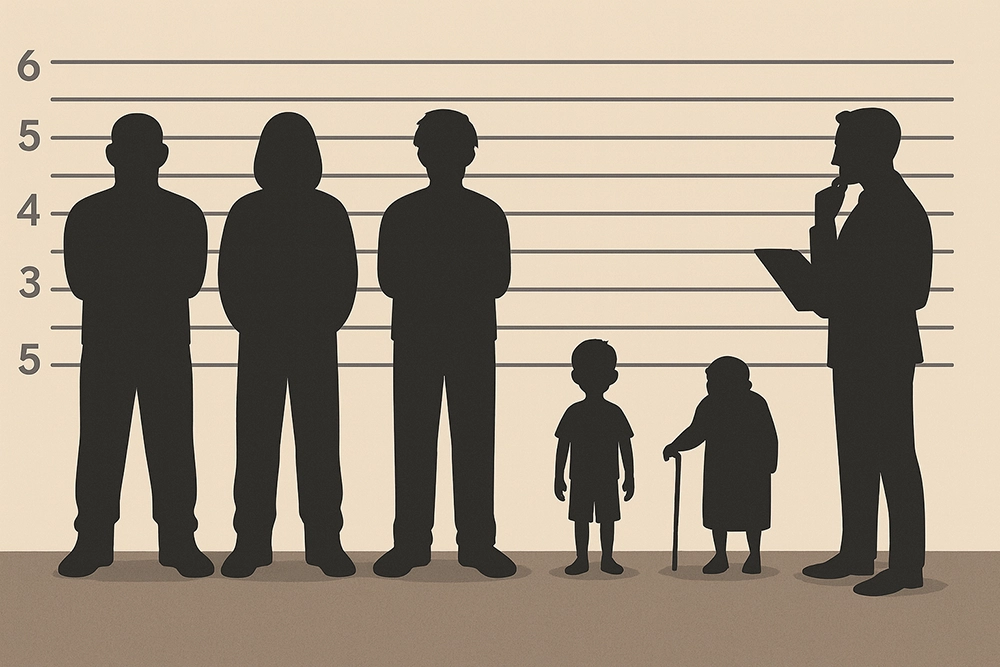
Who really bites? The reality is that biting is not limited to violent criminals or highly aggressive individuals. In fact, many bite incidents occur in environments dedicated to health and social care, therapy, and special education.
People may bite as a reaction to distress, fear, sensory overload, confusion, or pain. For example:
- Children: particularly those with developmental delays, autism spectrum disorder, or communication difficulties may use biting as a way of expressing frustration or discomfort.
- Adults with dementia: may bite when frightened or disoriented.
- Individuals with mental health conditions: may bite during periods of heightened anxiety or crisis.
In these situations, the act is rarely premeditated or malicious, it’s often just an impulsive response. Understanding this helps shift the focus from blame to prevention and support.
Myth 2: Are human bite injuries really minor?
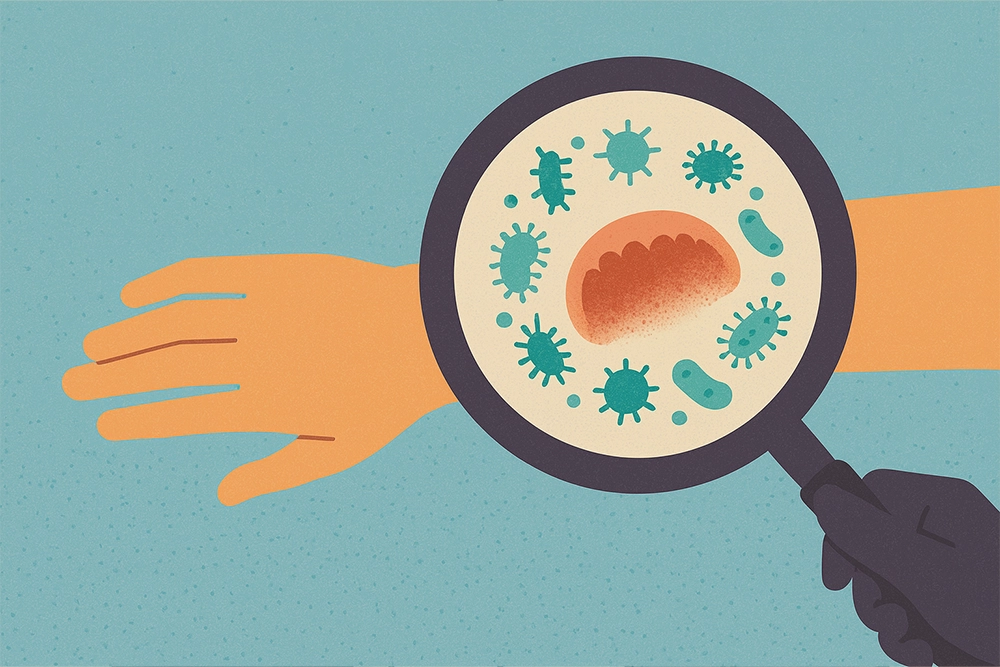
Are human bites dangerous? Absolutely, human bites are among the most dangerous wounds a person can sustain, due to the high concentration of bacteria in the mouth.
According to the UK National Health Service (NHS), human bites can easily become infected, leading to:
- Cellulitis (serious skin infection)
- Sepsis (life-threatening infection)
- Permanent scarring
- Tendon or nerve damage if the bite is deep enough
When bitten by a person, you may also be offered a blood test to check for hepatitis B, hepatitis C and HIV.
In some cases, victims require surgery or lengthy antibiotic treatment. A “small nip” can quickly escalate into a serious health issue, with days or weeks off work, something that impacts both the individual and their employer.
Protective clothing designed to resist bites is therefore not an overreaction; it’s a sensible, proactive measure to avoid serious injury and costly time off.
Myth 3: Is staff training enough to prevent bite injuries?
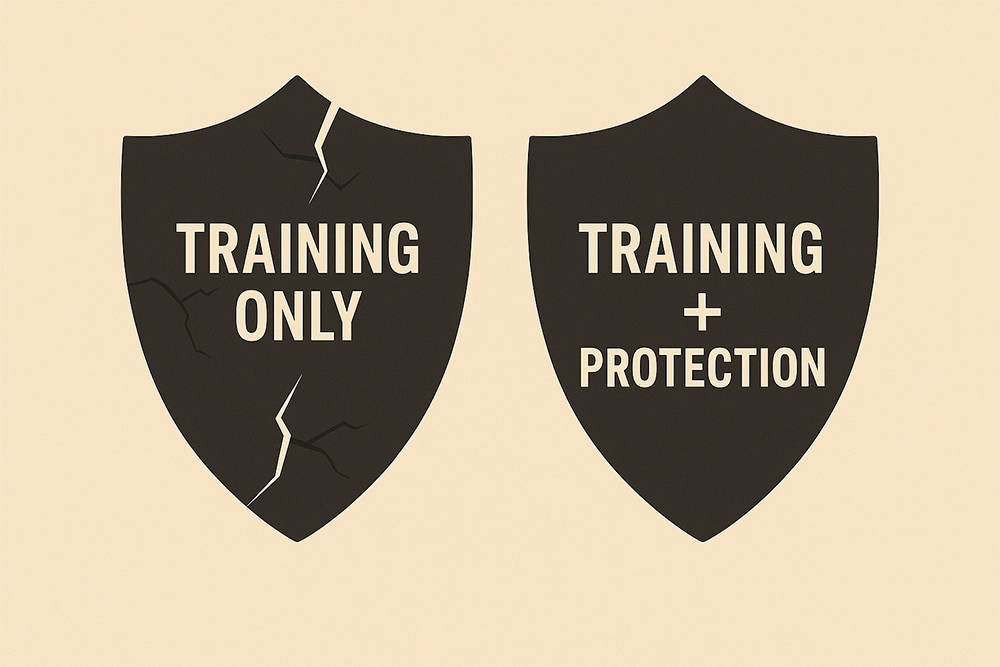
Can training alone actually prevent bite injuries? No, training in communication, de-escalation, and recognising behaviour triggers is essential in reducing the risk of bites, but it is not a complete safeguard or solution.
Even the best-trained professionals can find themselves in situations where a bite occurs. Sudden changes in mood, unexpected triggers, or emergency scenarios can lead to rapid escalation.
Think of it like wearing a seatbelt:
- You drive carefully and follow the rules of the road (training).
- But you still wear a seatbelt (protective clothing) because not everything is in your control.
Protective clothing works as the final line of defence when all other strategies have failed.
Myth 4: Does protective clothing make people feel unsafe?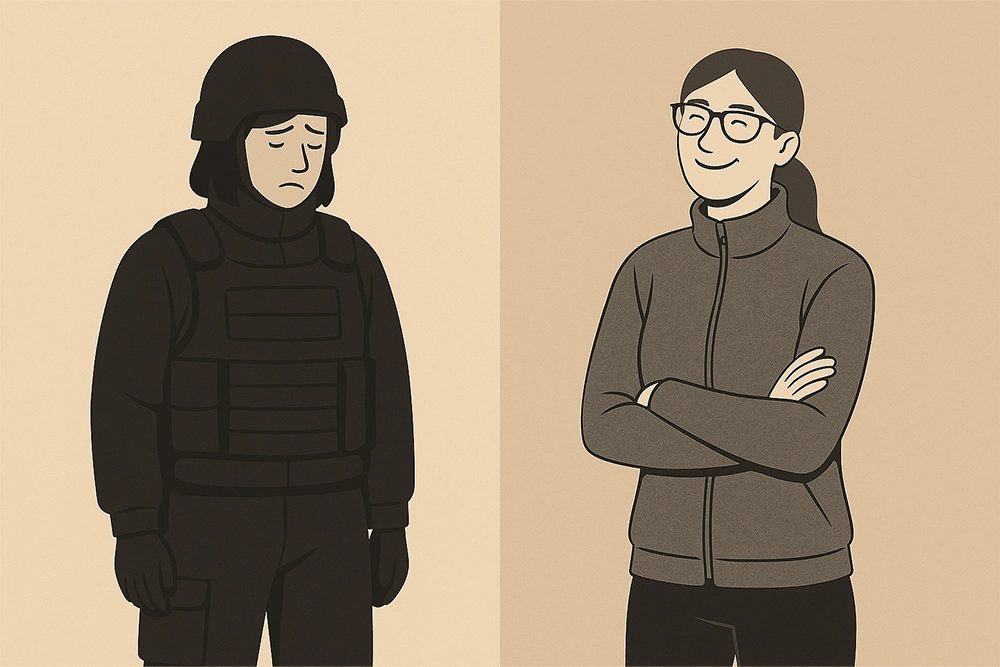
This might have been true when protective gear was bulky, uncomfortable, or obviously “security” in style. Today, high-quality bite-resistant clothing can be discreet, comfortable, and designed to look like normal daily workwear.
At BitePRO®, we understand the importance of maintaining a calm, reassuring environment for both staff and service users. That’s why our garments are:
- Discreet: minimal, non-threatening appearance
- Lightweight: allowing freedom of movement
- Comfortable: designed for long shifts
In many cases, we hear staff have reporting that protective clothing makes them feel more confident and relaxed, knowing they can work without fear of injury.
Myth 5: Are bite injuries just part of the job?
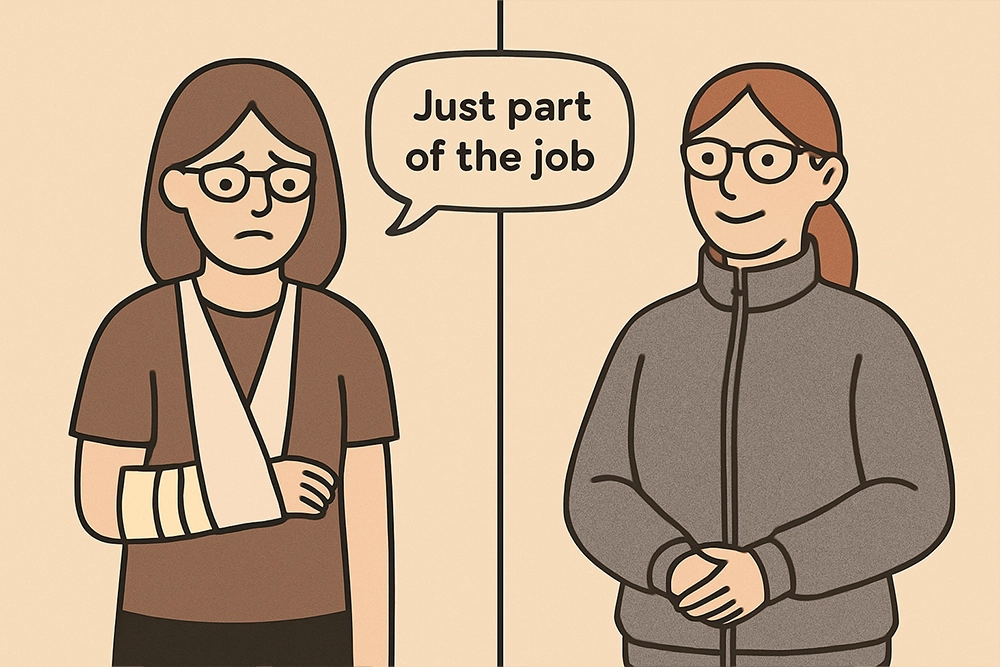 Absolutely not. No one should have to accept injury as a normal part of their work. Normalising injury creates a dangerous culture where hazards are downplayed, and staff wellbeing is overlooked.
Absolutely not. No one should have to accept injury as a normal part of their work. Normalising injury creates a dangerous culture where hazards are downplayed, and staff wellbeing is overlooked.
Employers have a legal and moral duty of care to protect their teams. In most countries, workplace safety regulations require employers to assess risks and take appropriate measures to mitigate them. If bite injuries are a known hazard in your workplace, ignoring protective solutions could leave an organisation vulnerable to legal claims, increased staff absence, and reputational damage.
Bite injuries are preventable, and prevention is always better than treatment.
How BitePRO® Helps
BitePRO® specialises in bite-resistant clothing designed for professionals working with individuals who may display challenging behaviour or aggression. Our garments are trusted by:
- Mental health units
- Special education providers
- Autism support services
- Dementia care homes
- Secure facilities
All of our clothing is made from cut, tear and bite-resistant fabric, tested to international safety standards. We work closely with organisations to ensure our products are both protective and practical for day-to-day use.
Popular options include:
- Bite-resistant arm guards: protecting forearms, one of the most common bite targets
- Bite-resistant jackets and hoodies: discreet torso protection
Key Takeaways
- Biting isn’t just aggression: it can be a communication method for those in distress or with certain health conditions.
- Bite injuries are serious: infection, scarring, and permanent damage are common risks.
- Training is vital but not enough: physical protection is the last defence when all else fails.
- Modern protection is discreet: no need for bulky, intimidating gear.
- Employers have a duty of care: prevention protects staff, reduces costs, and builds trust.
Final Word
Bite injuries are not a topic anyone enjoys discussing, but the silence around them has led to myths and misunderstandings that put staff at risk. The reality is clear, understanding the true causes of biting, and equipping staff with both the skills and the protection they need, is the responsible path forward.
At BitePRO®, our mission is to protect those who care for others. By busting these myths, we hope more organisations will recognise that preventing bite injuries is not only possible, but essential.
Explore our full range of discreet, comfortable, and effective bite-resistant clothing here: BitePRO® Product Range
About the Author
Richard Fox serves as the Director of Operations for BitePRO® and is a veteran of the UK Armed Forces, where he continues to serve as a Reservist. After transitioning from full-time military service, Richard worked extensively with education providers across Northern England, focusing on children displaying challenging behaviors and supporting students at risk of permanent exclusion.


